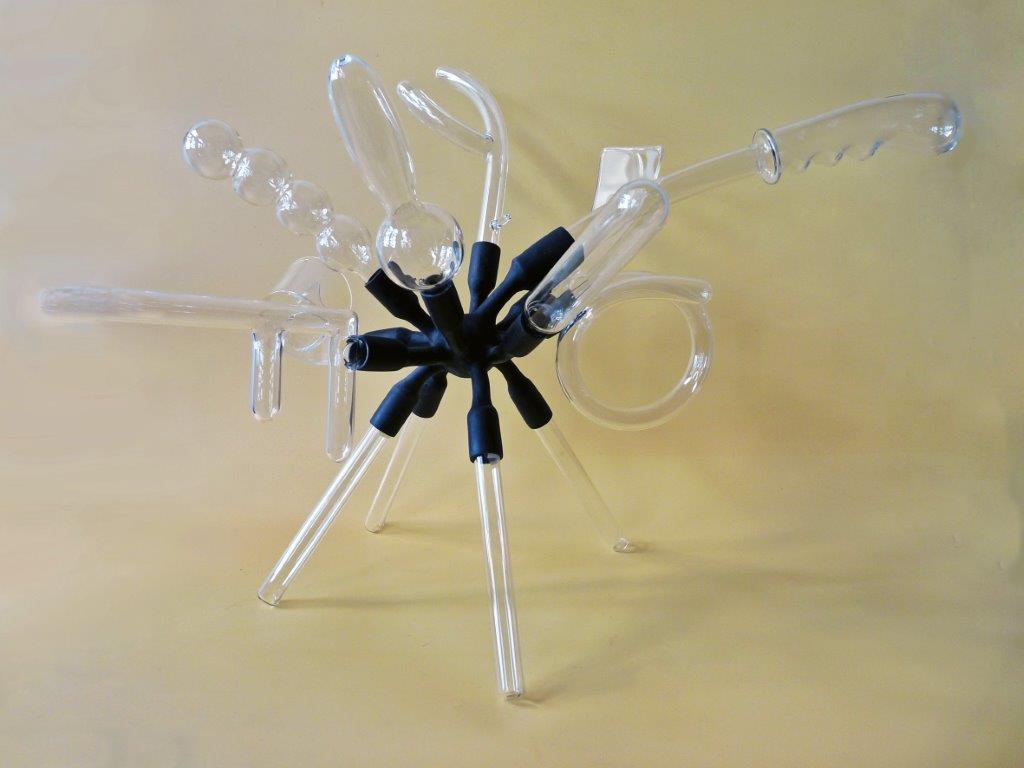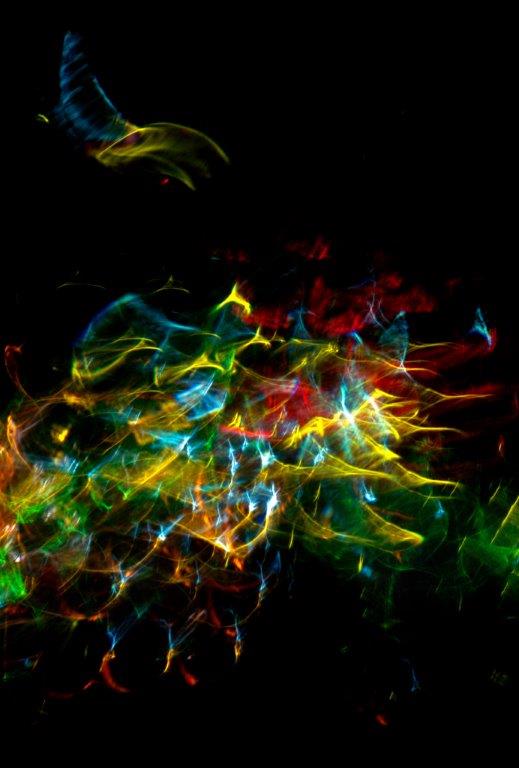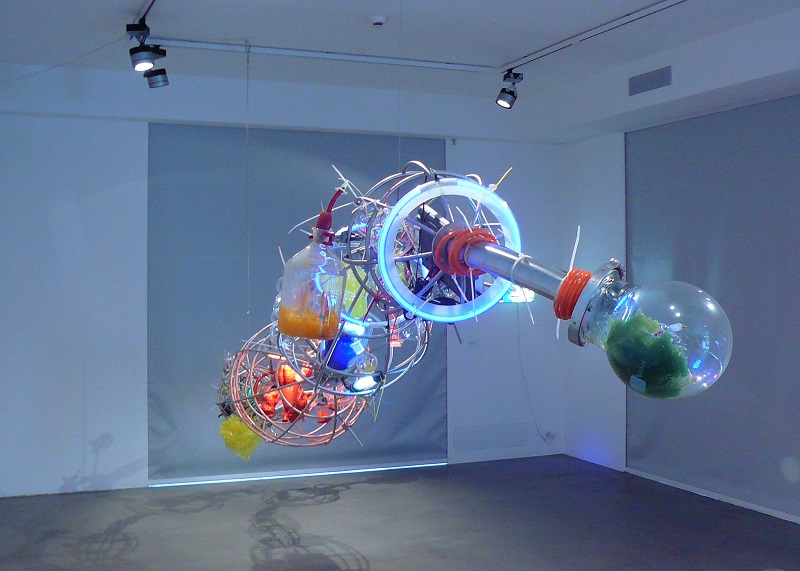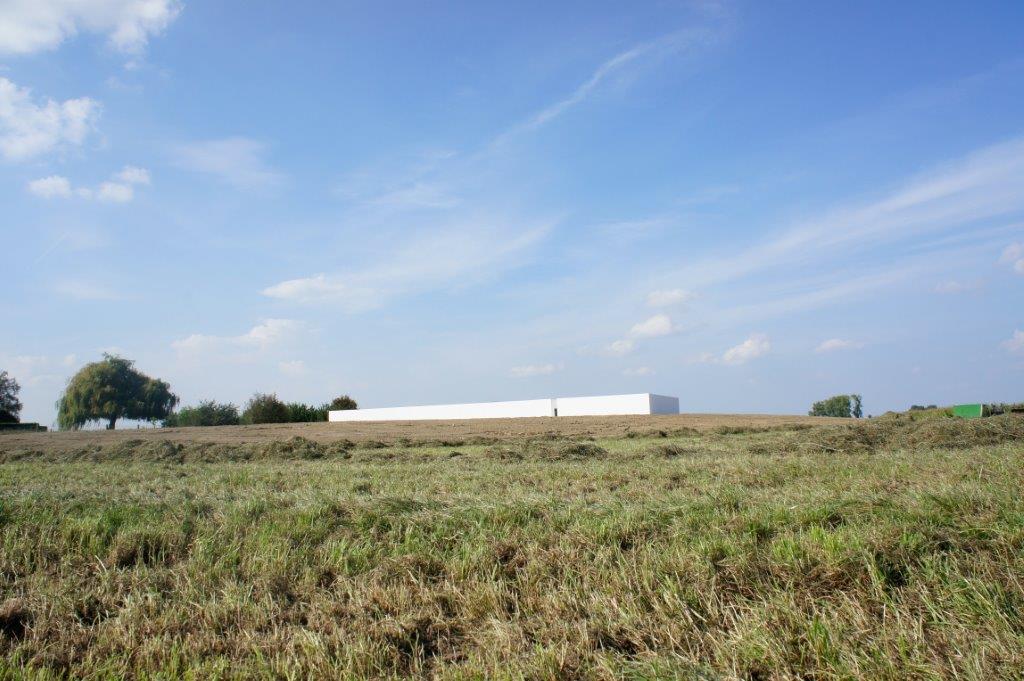Auf den Vorschlag von Ghana hat die UNESCO das Jahr 2015 zum “Internationalen Jahr des Lichts und der lichtbasierten Technologien” erklärt. Es “soll an die Bedeutung von Licht als elementare Lebensvoraussetzung für Menschen, Tiere und Pflanzen und daher auch als zentraler Bestandteil von Wissenschaft und Kultur erinnern. Wissenschaftliche Erkenntnisse über das Licht erlauben ein besseres Verständnis des Kosmos, führen zu besseren Behandlungsmöglichkeiten in der Medizin und zu neuen Kommunikationsmitteln.”
In das Jahr 2015 fallen nämlich viele Jahrestage aus dem Bereich der Optik. Vor 400 Jahren entwickelten französische Ingenieure den ersten Prototyp einer mit Solarenergie betriebenen Maschine. 200 Jahre später publizierte Augustin Jean Fresnel sein erstes Werk über die Wellentheorie des Lichts. James Clerk Maxwell legte 1865 die Grundlagen der Elektrizitätslehre mit seiner Theorie der klassischen Elektrodynamik. 1915 stellte Albert Einstein seine Allgemeine Relativitätstheorie vor und 1965 entdeckten Arno Penzias und Robert Woodrow Wilson mit der Kosmischen Mikrowellenhintergrundstrahlung einen Beleg für die Urknalltheorie. Themen des UN-Jahres sind unter anderem Lichtverschmutzung und das Sparen von Licht aber auch die Entwicklung von günstigen energieeffizienten Lichtquellen für Entwicklungsländer.
Aber nicht nur Physiker und Astronomen sollten angesprochen werden, sich am Internationalen Jahr des Lichts zu beteiligen, sondern auch die Industrie, Medizin und Architektur, Städteplaner, Künstler, Philosophen, Soziologen und nicht zuletzt auch Museen. Licht habe die menschliche Kultur wie kein anderes Naturphänomen beeinflusst, heißt es, und eine prägende Rolle für die menschliche Zivilisation gespielt.

Richard Meitner: „In Other Words“, 2014, borosolicate glass, epoxy, aluminum, H 50 cm x W 67 cm x D 45 cm
Licht in all seinen Erscheinungsformen hat zu allen Zeiten Philosophen, Physiker und Künstler gleichermaßen fasziniert und ihr Denken und ihre Vorstellungskraft geprägt. Physikalisch gesehen hat Licht sowohl Wellen- als auch Teilchencharakter. Metaphorisch gesehen symbolisiert es den Ursprung, steht aber auch für Wissen und Erleuchtung.
Glas kann es absorbieren, kann Licht hindurch lassen, es reflektieren oder brechen und sogar vervielfältigen. Vielleicht ist Glas das einzige Material welches das Licht auf so vielseitige Weise verändern kann. Nicht umsonst galt es im Mittelalter als magische Materie, die die sichtbare mit der unsichtbaren Welt verband, die irdische Realität mit dem Göttlichen im Himmel.
Within Light / Inside Glass
Auf Initiative von VICARTE, der Forschungsabteilung für Glas und Keramik in der Kunst, einer Kooperation der Fakultät für Wissenschaft und Technologie und der Fakultät für Bildende Kunst an der Universität von Lissabon, und in Zusammenarbeit mit dem Istituto Veneto di Scienze Lettere ed Arti haben die beiden Kuratorinnen Rosa Barovier Mentasti und Francesca Giubilei 15 internationale Künstler eingeladen, Arbeiten zum Thema Licht und Glas zu entwickeln. Teresa Almeida, Mika Aoki, Enrico Tommaso de Paris, Armanda Duarte, Veronica Green, Alan Jaras, Anna-Lea Kopperi, Richard Meitner, Eric Michel, Doigo Navarro, Fernando Quintas, Silvano Rubino, Elisabeth Scherffig, Cesare Toffolo, und Robert Wiley stellen nun in Venedig im Palazzo Loredan ein spannendes Spektrum unterschiedlicher Arbeiten vor.
AURORA BOREALIS eine In-Situ Light-Installation Im September 2014 wurde es eröffnet, das MUZE’UM L : MUZE’UM LICHT & LANDSCHAP bei Roeselare in Belgien. Der schlichte weiße Bau aus Stahlbeton liegt auf dem Lichtmeridian und wurde von dem belgischen Architekten Marc van Schuylenbergh entworfen. Das bewusst minimalistisch gehaltene Geamtkunstwerk von 10 x 30 Metern wirkt wie ein monumentaler Lichtgenerator. Durch eine wohlberechnete Längsnut im Dach, die auf den Meridian ausgerichtet ist, fällt das Licht in den Innenraum und in den Patio. Kontinuierlich ziehen die Sonnenstrahlen mit dem Tagesablauf sich ständig ändernde Linien über den Boden und die weißen Wände und bringen so den Raum zum Leben. In diesem Ambiente hat der 1964 in Aalst geborene belgische Künstler Wouter Bolangier jetzt eine In-Situ Licht-Installation inszeniert. Neben eigenen Arbeiten, die hier durch eine strenge Geometrie geprägt sind, zeigt die Ausstellung weiterhin die monumentale Arbeit „Souvenir of the Past“ des 1950 in Liedrecht geborenen niederländischen Architekten Han de Kluijver aus der Eröffungsausstellung. Integraler Bestandteil von Bolangiers Installation sind dazu mikrotonale Klangtexturen des 1923 in Rumänien geborenen und 2006 in Wien gestorbenen Komponisten György Sándor Ligeti, einem Erneuerer der Neuen Musik, der durch seine Filmmusikkomposition für den Stanley Kubrick Film „2001: Odyssee im Weltraum“ von 1968 einer breiteren Öffentlichkeit bekannt wurde.
Uta M. Klotz, Chefredakteurin, Köln
Alan Jaras: Refractograph





